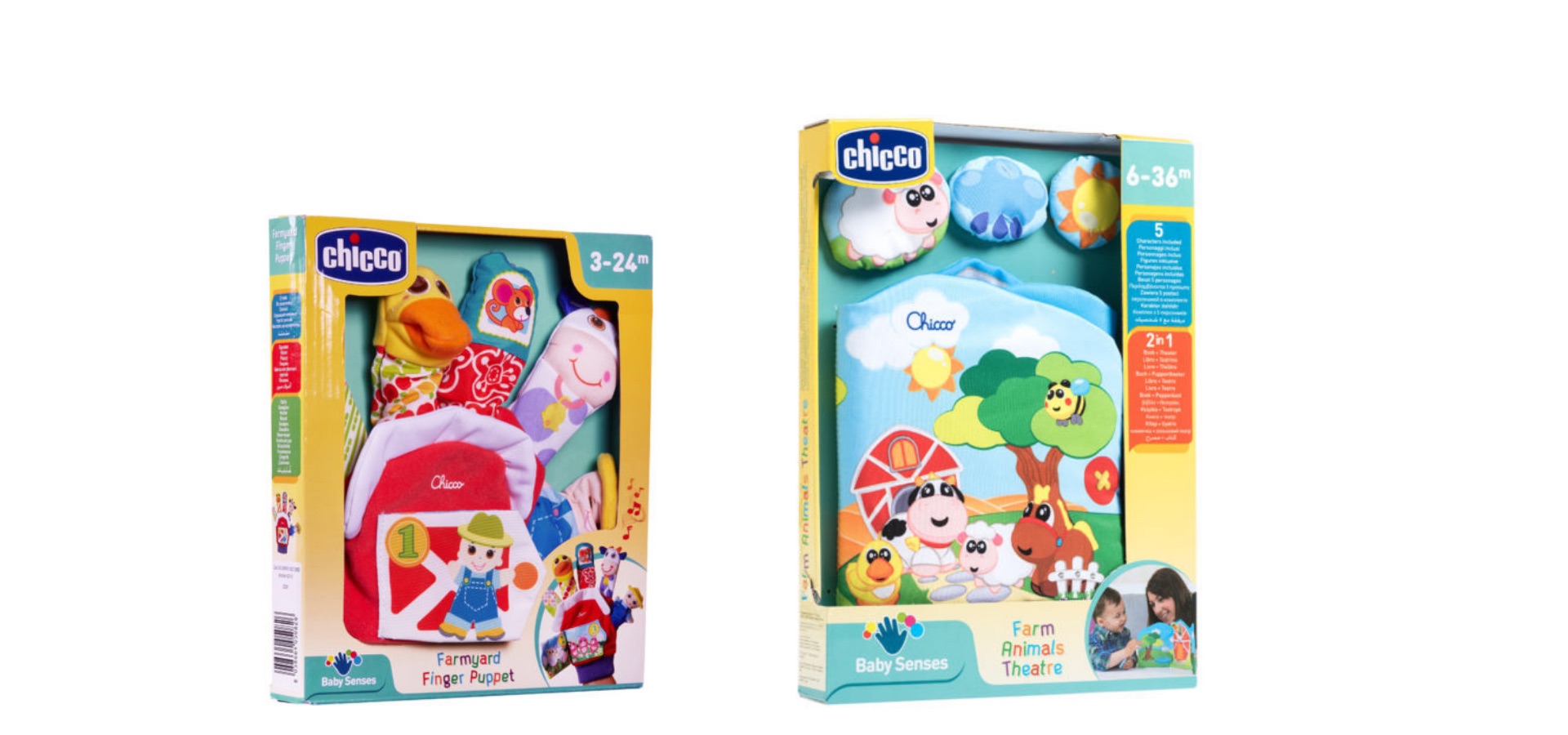Keeping your body at optimum levels during and after pregnancy can be tough, especially if you are planning on breastfeeding. With everyone having all the advice in the world on how and what you should be doing, it really is important for your baby that you receive essential vitamins and minerals from a brand you can trust. Mom2B has all the answers. Parenting Hub was given Mom2B’s range of Pregnancy Shakes to review. We always have a preggie mom on hand to try new products and Gemma was most excited to take on the challenge. On new mom Jackie, a breast feeding mom was also keen to jump in and try something new! Gemma reported that shortly after starting the shakes that she could feel a difference in her energy levels. With this being a tough pregnancy for her, she was so happy to not feel tired all the time. She reported that the flavours were amazing and not too sweet which is so important. Jackie who is currently breastfeeding said that she found Mom2B’s shakes so quick and easy and a really nice way to supplement her diet. She also felt that her energy levels were up and that she could cope much better with the stress that comes with looking after a newborn. These Mom2B Shakes come in three tasty flavours, chocolate, vanilla and strawberry. They’re packed with vitamins B5, B6, B12, B1, B2, B3, C, D and E as well as biotin, folic acid, zinc, iodine, iron and magnesium. They’re also low in fat, high in fibre and a great source of calcium and phosphorus – all the necessary supplements required during pregnancy. Produced locally by Nativa (Pty) Ltd since April 1999, this wide range of alternative and complementary health products can be obtained through visiting www.mom2b.co.za. Nativa report that feedback from consumers has been excellent, indicating that Nativa products have improved the quality of their lives. Nativa’s values are: Integrity, honesty, excellence, courage and collaboration and through the excellent interaction that Parenting Hub and our clients have experienced, it is very evident that Nativa live up to these values. Parenting Hub highly recommends Mom2B’s range of products.


































